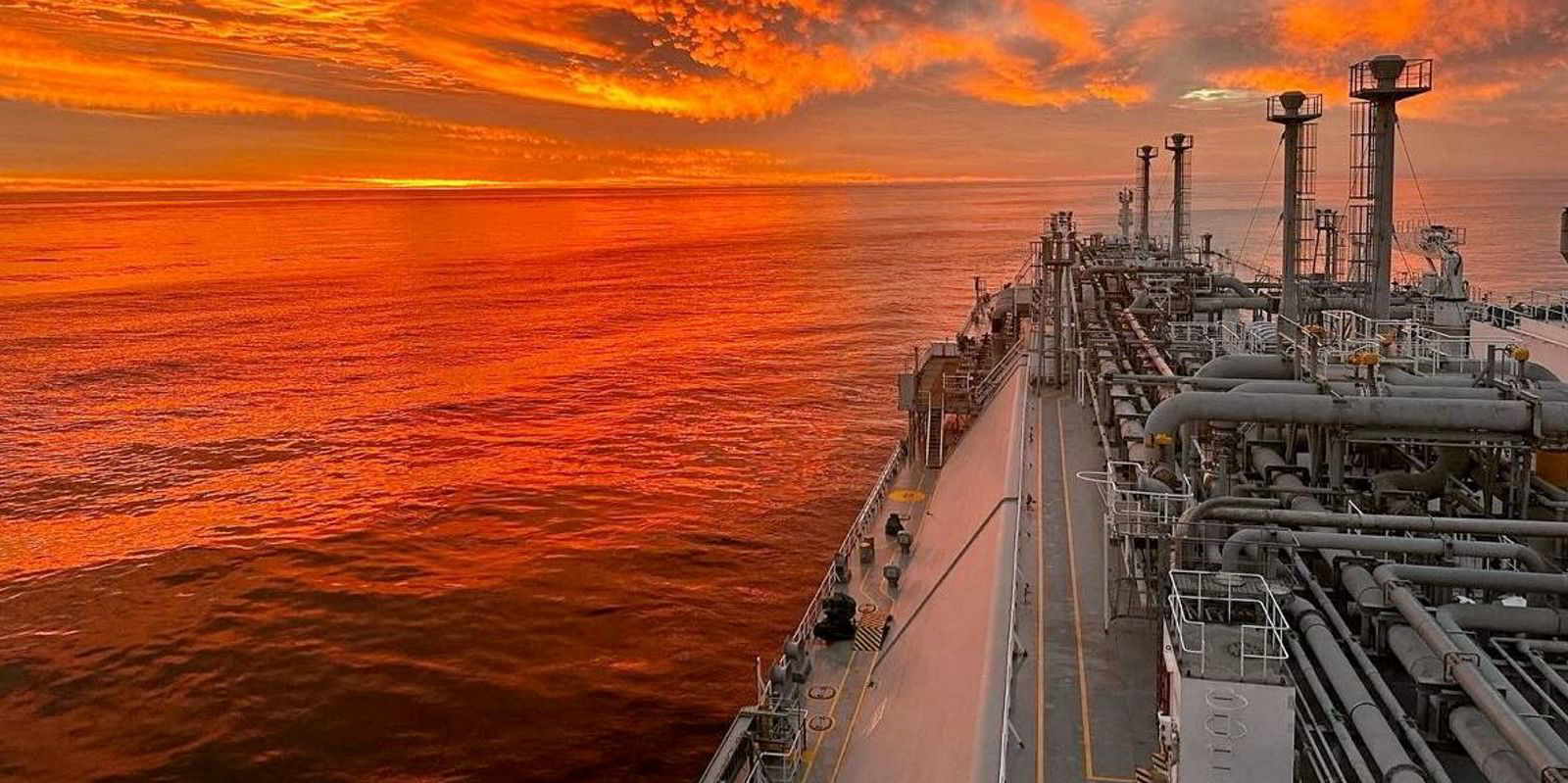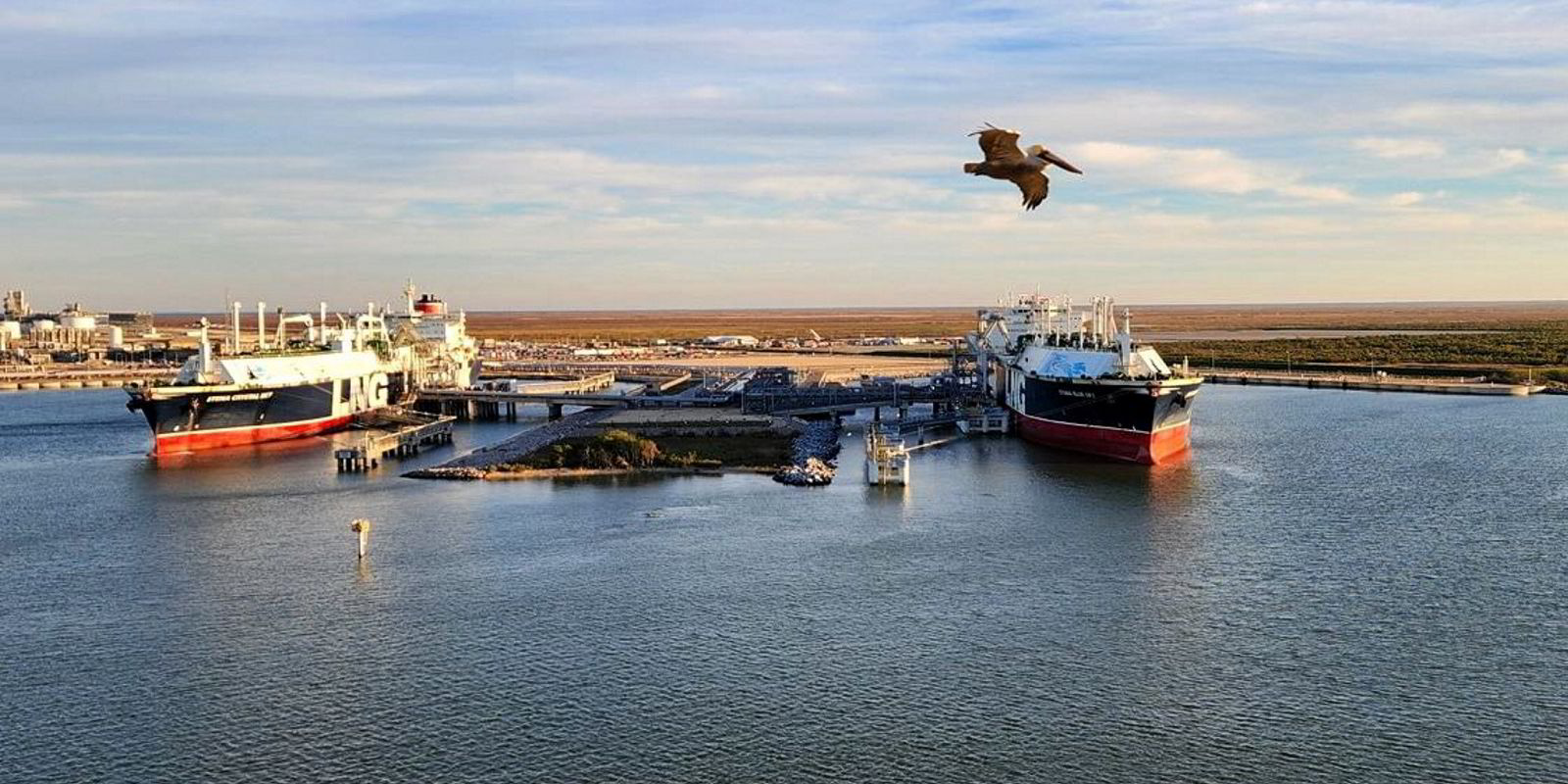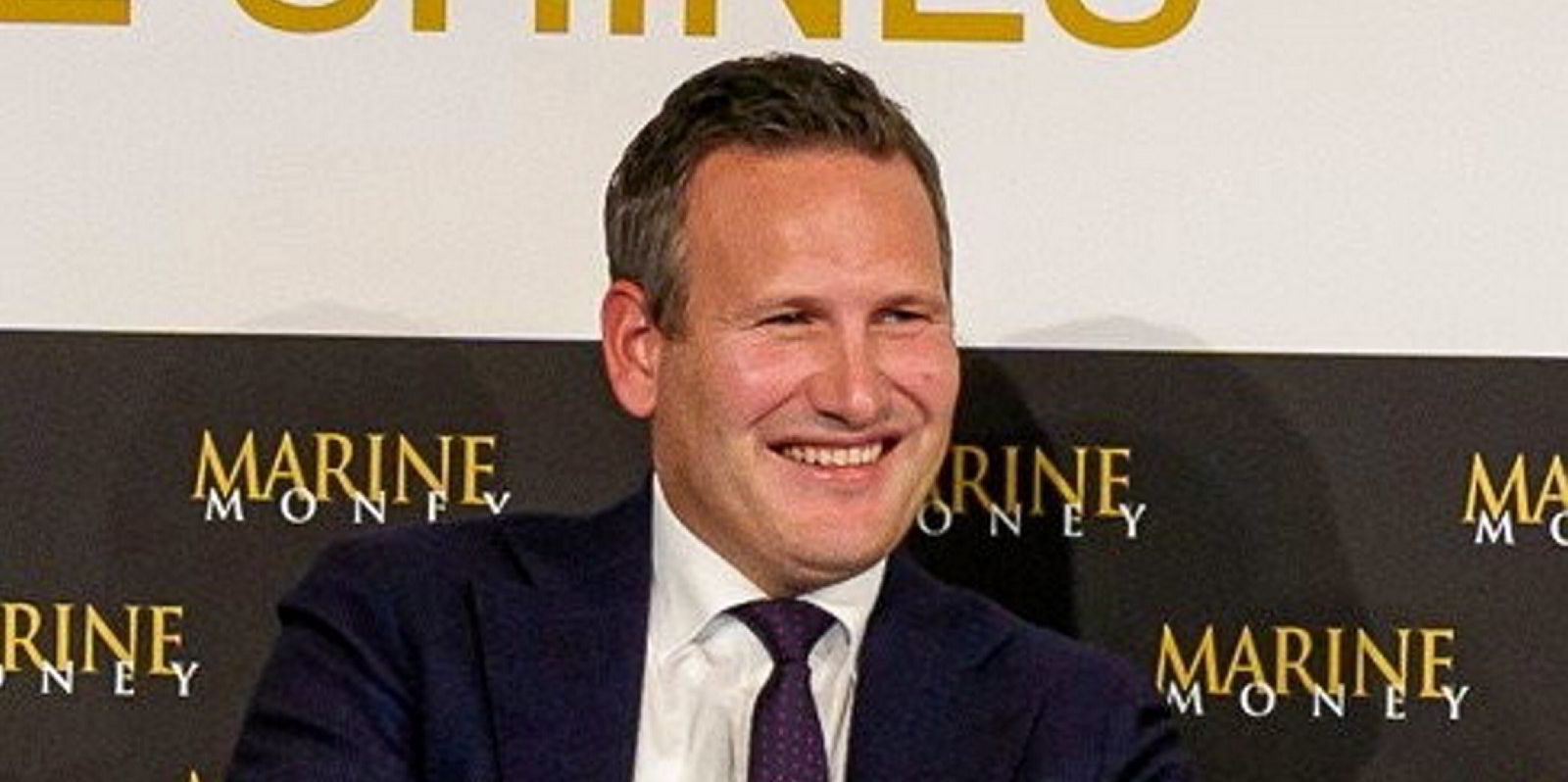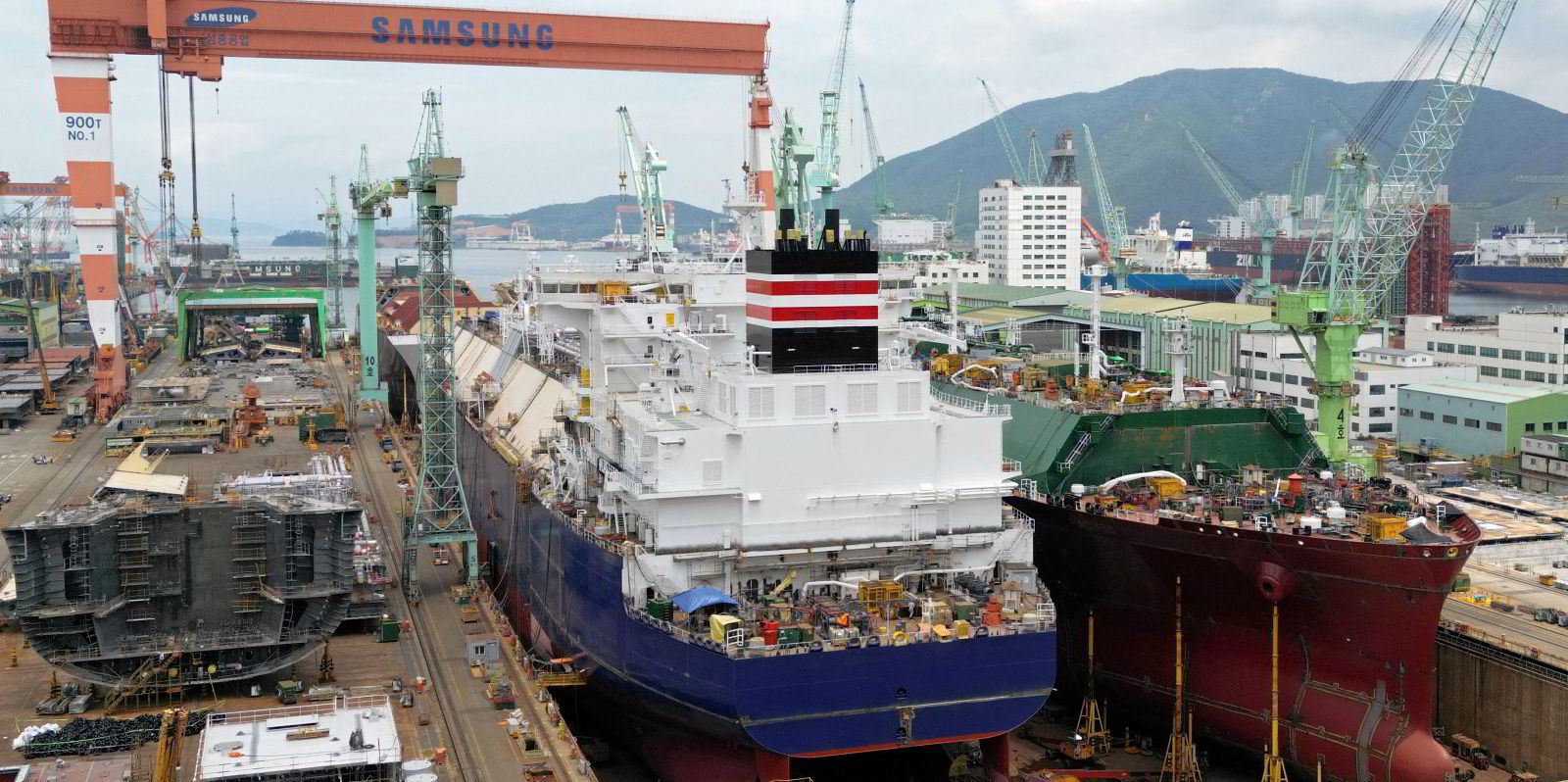Spot and term charter action for LNG carriers has flickered back into life as more enquiry emerges in the market, although first-quarter figures reveal a slow start to 2024, brokers say.
Activity is said to have picked up slightly, with fresh interest in vessels for both short-term and multi-month deals that would give coverage over the winter.
BP is understood to have been taking on modern vessels on spot deals and a major charterer emerged seeking a vessel to take on hire for a period of up to two years.
In its mid-week report, Fearnley LNG described the action as “a significant upturn in spot chartering” enquiry across both basins to cover cargoes in May and June.
While Fearnley LNG noted a slight uptick in spot rates in the Atlantic, other brokers said the fresh interest has largely done little to move levels as yet.
Fearnley LNG is quoting headline spot charter rates at around $50,000 per day for modern two-stroke tonnage, down on its year-to-date average of $62,469 per day.
The broker pegs one-year levels for modern vessels at around $77,500 per day.
In a quarterly review from its LNG desk, shipbroker Howe Robinson Partners described first-quarter LNG demand as “sluggish” and said this, combined with the steady availability of tonnage, pushed rates to levels not seen for more than two years.
It said supply disruptions and restrictions on transport routes — such as the Red Sea avoidance by vessels and Panama Canal slot reductions — had little effect on raising spot rates.
During the quarter, and with the exception of QatarEnergy’s long-term deals on newbuildings, HoweRob said fixtures predominantly focused on the spot and short-term market, with period deals of around one year thin in number.
The broker identified a “disconnect” — largely in sentiment rather than concluded business — between rates on one, three and five-year deals as the shorter periods coincide with a lull or quieter anticipated demand before an expected ramp-up of production from approved and under-construction projects from 2026.
“Fixtures and discussions involving floating rate structures have shown a higher prevalence,” it said.
In its monthly report for March, the Gas Exporting Countries Forum said that during the first quarter of the year, 1,642 LNG cargoes were exported, up 3%, or 43 shipments, on the same period in 2023.
It said the US shipped 25 more cargoes year on year and Malaysia 15. Figures were also up for Mozambique and the United Arab Emirates.
Turning to the LNG orderbook, HoweRob said newbuilding deliveries now stretch into 2029 for the first time, nudged over the line by QatarEnergy’s first 271,000-cbm vessels at Hudong-Zhonghua Shipbuilding (Group).
The broker lists 86 large LNG carriers as due for delivery in 2025 and 2026, marking what are set to be record handover years for newbuildings. Numbers decline to 77 vessels in 2027.
HoweRob said South Korean shipbuilders are still sitting on berths for 2027 delivery dates but yard availability remains “tight”.
High asset pricing and a lack of final investment decisions have caused several delivery options to be held back and some slots have been deferred into 2028 positions.
The broker also revealed that several reserved slots have not been exercised by QatarEnergy during its Phase 2 LNG newbuilding programme.
It said there are a few remaining uncommitted newbuildings available before 2026. It lists just two this year and two in 2025. The number rises to 10 available vessels in 2026 and 11 the following year.






